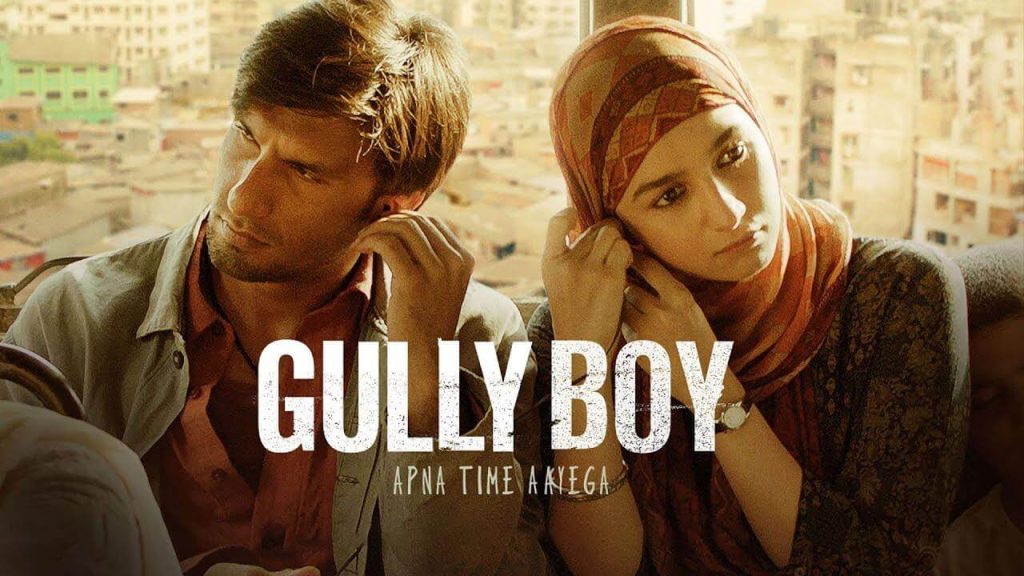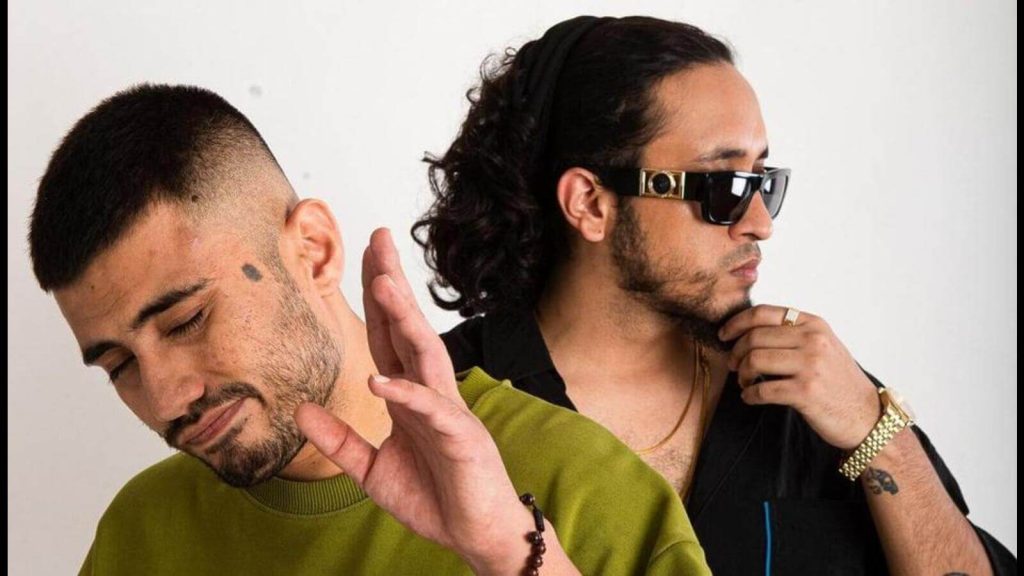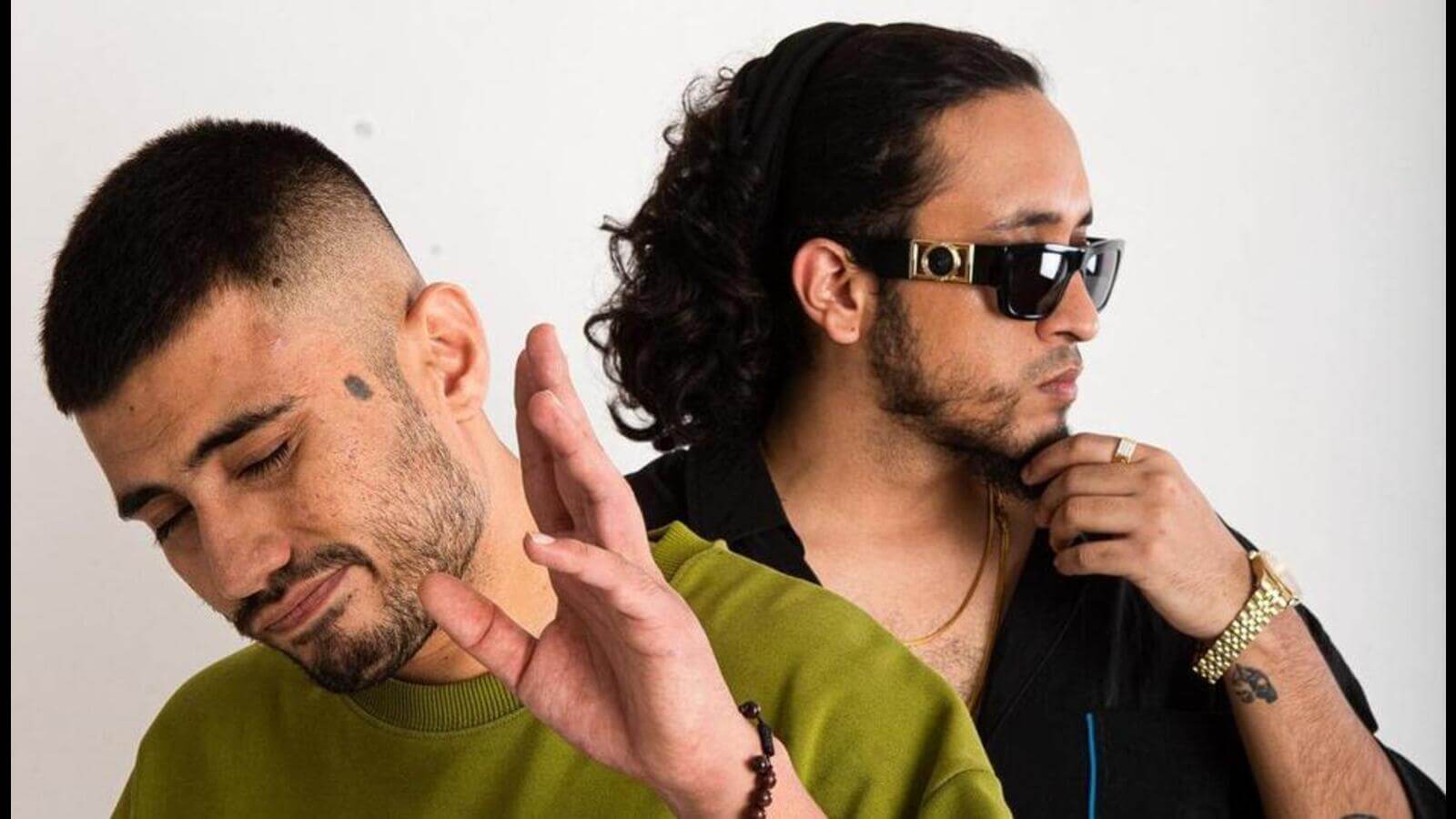Desi Hip Hop (DHH) is no longer the underdog. What started as a scattered voice from the gullies of Mumbai and Delhi has now transformed into a full-blown cultural movement. With artists rapping in Hindi, Punjabi, Tamil, Bengali, and more, DHH has given regional identity a powerful mic and a global stage. But how did this wave begin, and where is it headed?
Let’s dive into the journey that’s reshaping not just Indian music, but how the world views Indian youth culture.
Gully Mein Bhi Hai God Flow: Roots of the Revolution

Flashback to the early 2010s—hip hop in India was still a niche. Mainstream audiences were glued to Bollywood beats, and the idea of “rap” meant Yo Yo Honey Singh party tracks. But beneath the commercial gloss, underground scenes were bubbling. Mumbai’s Divine and Naezy brought raw, street-realism with tracks like Mere Gully Mein, which resonated with an entire generation that had never seen its own struggles reflected in music before.
These weren’t just songs; they were social commentaries. From slum realities and class struggles to politics and identity—Desi MCs started spitting truth, often in their mother tongues. Slowly, hip hop cyphers popped up in colleges, gullies, and chawls, turning sidewalks into stages.
YouTube became the launchpad. No record label needed. Just bars, beats, and belief. Independent artists like Emiway Bantai, KR$NA, Brodha V, and Prabh Deep found massive followings without the Bollywood stamp of approval. And with the 2019 film Gully Boy giving the underground its big-screen debut, the mainstream finally took notice.
Now Playing Worldwide: The Evolution of Desi Hip Hop

Fast forward to now—DHH isn’t just surviving, it’s thriving. Indian rappers are collaborating with international artists, breaking into Spotify charts, and filling arenas. Divine’s feature on Cartel Madras’s global tracks, or KR$NA’s bars alongside American rappers like Hi-Rez and Royce Da 5’9”, prove that the Desi sound has universal fire.
But the beauty of DHH lies in its diversity. Artists from Shillong, Chennai, Kochi, and Kashmir are now repping their roots unapologetically. Tamil and Malayalam rap are gaining momentum, and regional hip hop collectives like Therukural and Street Academics are making sure South Indian voices are heard loud and clear.
Even the style has evolved—trap beats, drill flows, conscious rap, lo-fi sounds—Desi artists are experimenting beyond boundaries. And most importantly, the fans are ready for it. This isn’t just a wave anymore—it’s a genre with depth, hunger, and a whole lot of swag.
With a passion for Desi Hip Hop, Aaditya Chugh aims to put forward the latest happenings of the scene with accuracy and precision.


Leave a Reply